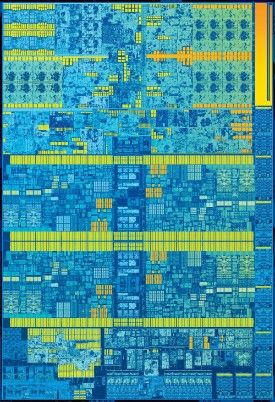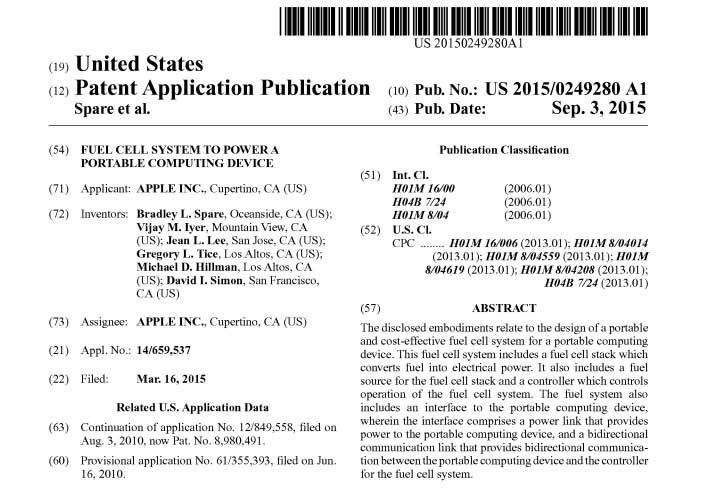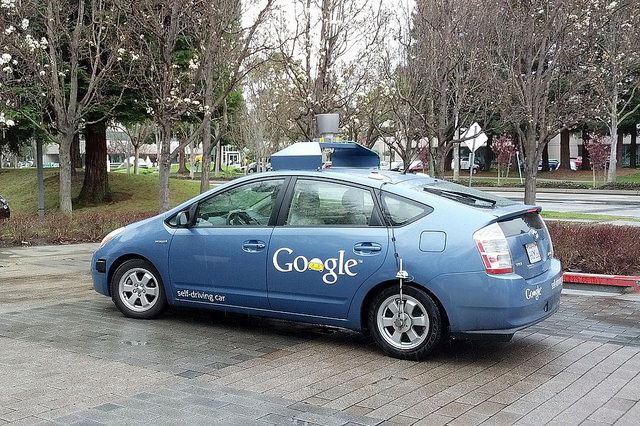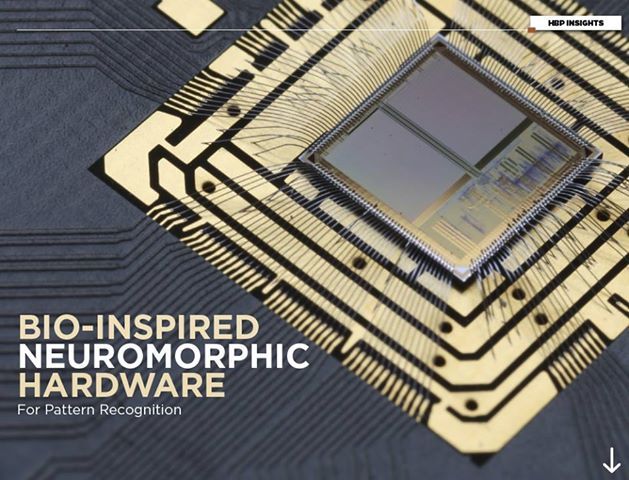Sep 8, 2015
Intel 6th generation core processor for triple battery life and 2.5 times better performance
Posted by Shailesh Prasad in categories: computing, energy
Intel Corporation introduced the 6th Generation Intel® Core™ processor family, the company’s best processors ever. The launch marks a turning point in people’s relationship with computers. The 6th Gen Intel Core processors deliver enhanced performance and new immersive experiences at the lowest power levels ever and also support the broadest range of device designs – from the ultra-mobile compute stick, to 2 in 1s and huge high-definition All-in-One desktops, to new mobile workstations.
There are over 500 million computers in use today that are four to five years old or older. They are slow to wake, their batteries don’t last long, and they can’t take advantage of all the new experiences available today.
Built on the new Skylake microarchitecture on Intel’s leading 14nm manufacturing process technology.

















